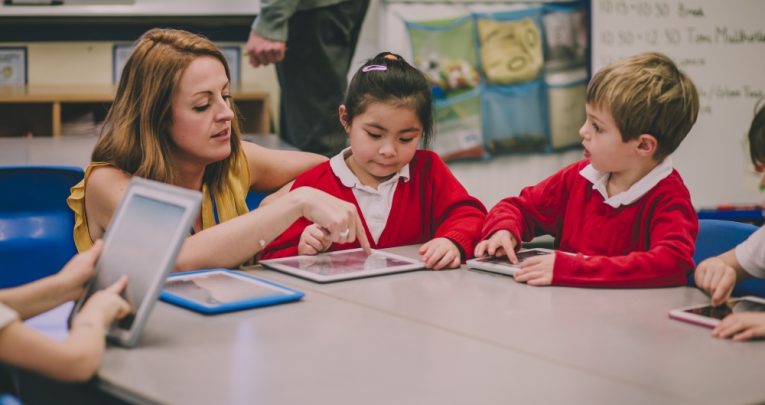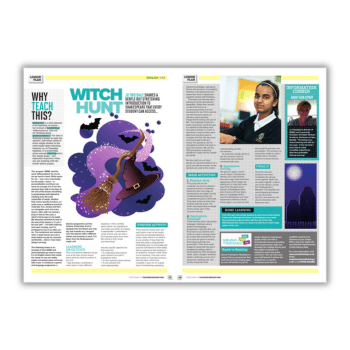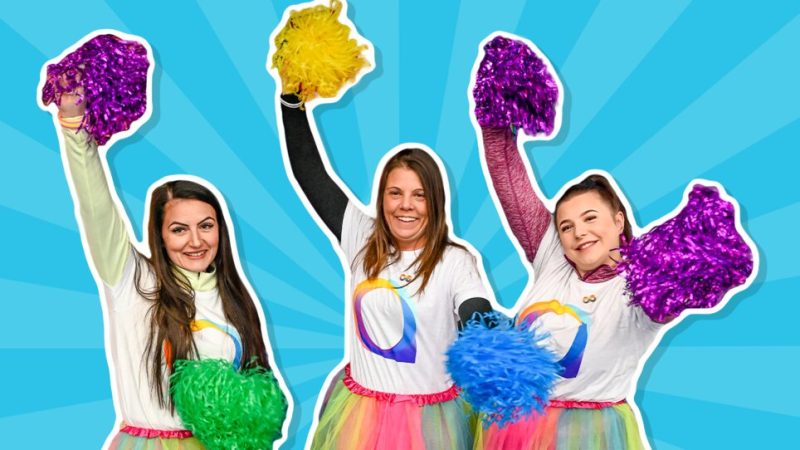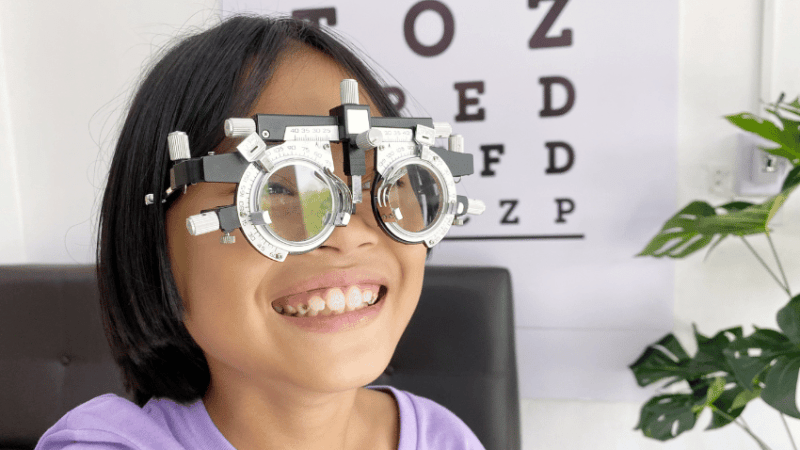Why ‘SEN Resources’ Can Help Everyone

Schools can both boost their inclusivity and reduce their expenses by using SEN resources with the whole class, says Cleo Fatoorehchi

As schools across the country continue to experience relentless funding uncertainties and ever-tightening budgets, maintaining an effective level of SEN provision has become an expensive task for many.
When it comes to provision of resources, however, it’s possible for schools to find a compromise by making use of the many SEN resources that are actually appropriate for all children, whatever their learning needs.
According Helen Savery, sales and marketing manager at literacy and numeracy resource provider Wordshark, “Our products are perfect for any student at key stages 1, 2 or 3, but SEN departments will often only purchase a few items – for example, a few DVDs – even though their school has up to 1,000 pupils and all of them would really benefit from our products.”
LDA, a specialist provider of teaching supplies nominally aimed at supporting children with SEN, faces a similar situation. Its resources may be developed with children with SEN in mind, but they can be easily be adapted for use by all children. LDA’s marketing manager, Natalie Odlin, says, “We know school budgets are extremely tight, and we have lots of resources that would benefit all children – not just those with special educational needs.”
Using SEN resources for all the children in the class can be an effective means of stretching often constrained school budgets, while at same time helping to create a more inclusive learning environment.
Learning through stories
Stories, in particular, are resources that can easily help to foster inclusivity. Tonya Meers, chief storyteller at Little Creative Days, strongly believes that stories have the power to help bring both SEN and non-SEN learners together within the classroom: “Learning through stories works really well because children get involved in a story and it’s such an inclusive way to learn. Our multi-award winning ‘Pojo Create and Show’ creative storytelling kits are great, all-inclusive teaching resources because they link literacy and creativity with curriculum subjects. That’s especially helpful to children with dyslexia, for example, who will more often learn visually and like something more creative and interactive.”
Stories That Explain is an LDA-published book by Lynn McCann, which contains a collection of social stories aimed at helping children gain a better understanding of common primary school experiences that can sometimes cause misunderstanding or stress.
As Natalie Odlin explains, “While aimed primarily at children with autism who may often find social situations difficult, it would also be helpful for all primary-aged children to be read these stories to help them understand new social experiences, as a lot of children can find starting school an anxious and stressful time.”
Trending
It’s even possible to deploy practical resources originally devised to help children with learning difficulties for the benefit of the whole class. Crossbow Education’s reading rulers and coloured page overlays, for example, have been used extensively to relieve children (and adults) from visual stress, which is a more common condition than you might think.
Multiple uses
Likewise, there’s the C-Pen Reader – a pen-shaped device developed by Scanning Pens that’s design to operate like a highlighter. Simply scan the pen over any printed text in a book, magazine or handout and the reader will hear it read back to them. As Jack Churchill, Co-Founder and CEO of Scanning Pens notes, “It’s great for people with dyslexia, but also those learning English as an additional language. It also works with headphones, making it ideal for classroom environments; the students can stay focused on the text at hand.”
Then there’s Dolphin’s SuperNova software, which was similarly developed for students requiring an extra level of accessibility and can magnify text and images up to 64 times. According to Steve Bennett, Dolphin’s sales director, “Students can choose from a range of colour schemes or create their own. Large, high visibility, custom mouse pointers make it much easier to keep track of documents and webpages.”
With the right resources to hand, it’s thus entirely possible for schools to offer high quality education to all children in the same class, irrespective of whether they have SEN or otherwise.
Cleo Fatoorehchi is communications coordinator at BESA; for more information, visit besa.org.uk or follow @besatweet











